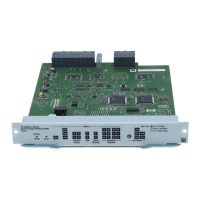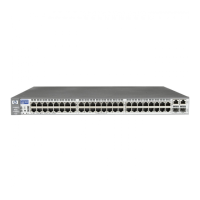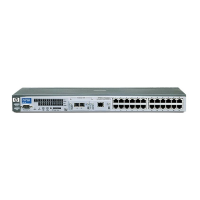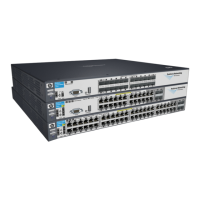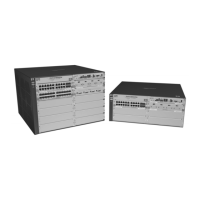PIM-DM (Dense Mode) on the 5300xl Switches
PIM-DM Operation
multicast group address (destination), but may reach many hosts in different
subnets, depending on which hosts have issued joins for the same multicast
group.
PIM routes the multicast traffic for a particular S/G pair on paths between the
source unicast address and the VLANs where it is requested (by joins from
hosts connected to those VLANs). Physical destinations for a particular
multicast group can be hosts in different VLANs or networks. Individual hosts
use IGMP configured per-VLAN to send joins requesting membership in a
particular multicast group. All hosts that have joined a given multicast group
(defined by a multicast address) remain in that group as long as they continue
to issue periodic joins.
On the Switch Series 5300XL devices, PIM-DM interoperates with IGMP and
the switch’s routing protocols. (Note that PIM-DM operates independently of
the routing protocol you choose to run on your switches, meaning you can
use PIM-DM with RIP, OSPF, or static routes configured.) PIM-DM utilizes a
unicast routing table to find the path to the originator of the multicast traffic
and sets up multicast “trees” for distributing multicast traffic. (This method is
termed reverse path forwarding, or RPF).
For the flow of a given multicast group, PIM-DM creates a “tree” structure
between the source and the VLANs where hosts have joined the group. The
tree structure consists of:
■ Extended branches to VLANs with hosts that currently belong to the group
■ Pruned branches to VLANs with no hosts that belong to the group
5-5

